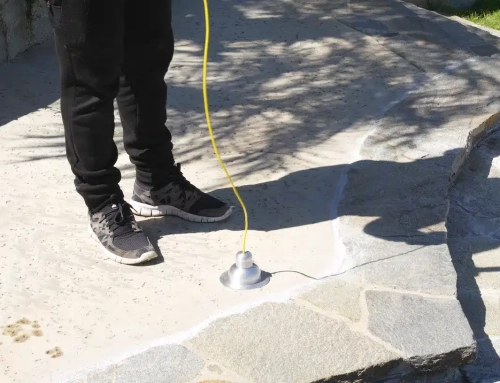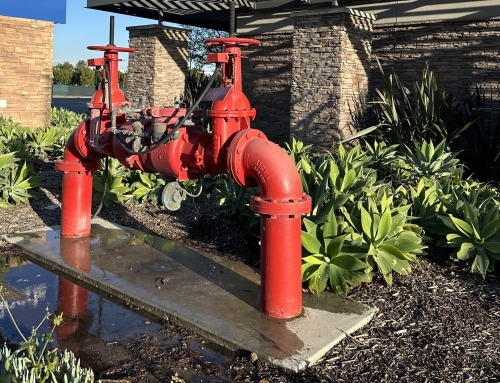When it comes to maintaining a swimming pool, detecting and fixing leaks is crucial. A leaking pool can lead to a myriad of problems. They can include water wastage, increased chemical demands, and potential damage to the pool structure and surrounding areas. However, the presence of an autofill system in your pool can significantly complicate the leak detection process. In this blog, we’ll explore swimming pool autofill – challenges of leak detection. How do autofill systems work? Why can they mask leaks? And what pool owners can do to effectively manage this challenge?
What is a Swimming Pool Autofill System?
An autofill system is a convenient feature for pool owners, designed to maintain the water level in your pool automatically. This system is equipped with a sensor or a float valve that detects when the water level drops below a certain point, usually due to evaporation or splash-out. When this happens, the autofill system automatically adds water to the pool, ensuring a constant water level.
The Problem with Autofill Systems in Leak Detection
While autofill systems are great for convenience, they can inadvertently obscure the presence of a leak. Here’s why:
- Constant Water Level Maintenance: Since auto-fills keep the water level constant, they can mask the most common and apparent sign of a leak – a dropping water level.
- Complicating Evaporation Rate Analysis: Normally, distinguishing between normal evaporation and a leak involves monitoring water levels over a period. An autofill system makes this impossible, as it replenishes water lost to both evaporation and leaks.
- Delayed Detection: The longer a leak goes unnoticed, the more damage it can potentially cause. Autofill systems can delay the detection of leaks, sometimes for long periods, exacerbating the problem.
How to Detect Leaks in Pools with Autofill Systems
- Regular Inspections: Physically inspect your pool regularly. Look for wet spots around the pool, cracks, or lifting in the pool deck. These can be indicators of a leak.
- Use of Dye Tests: A dye test can help determine if there is a leak.
- Professional Assessment: Professionals can use specialized equipment like hydrophones, pressure testing, and electronic leak detection to accurately locate leaks.
- Monitor Water Bills: A sudden spike in water usage and cost can indicate that your autofill is working overtime to compensate for a leak.
- Turn Off the Autofill Temporarily: If you suspect a leak, temporarily disable the autofill system and monitor the water level for a few days.
- The Bucket Test: Place a bucket filled with pool water on a pool step. The bucket top must be above water level. Mark the water levels inside and outside the bucket. After a few days, compare the two. If the pool water level has decreased more than the water inside the bucket, there might be a leak.
Check out this swimming pool inspection and leak detection job. It led us to find a leak that was overlooked due to the autofill system.
Importance of Swimming Pool Inspection in Addition to Leak Detection
An autofill system in your swimming pool, while convenient, can make the process of leak detection challenging. Regular pool inspections, mindful observations, and occasional professional assessments are vital in ensuring the integrity of your pool. By taking a proactive approach, pool owners can manage the risk of obscured leaks.
As always, keeping an eye on your pool’s health goes beyond just chemical balance and cleaning – it’s about understanding and managing all the systems involved, including those designed for convenience. Remember, the earlier a leak is detected and repaired, the less costs and damages. Stay vigilant and enjoy the many benefits of your swimming pool with peace of mind!






